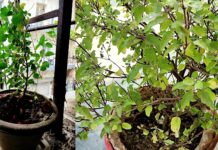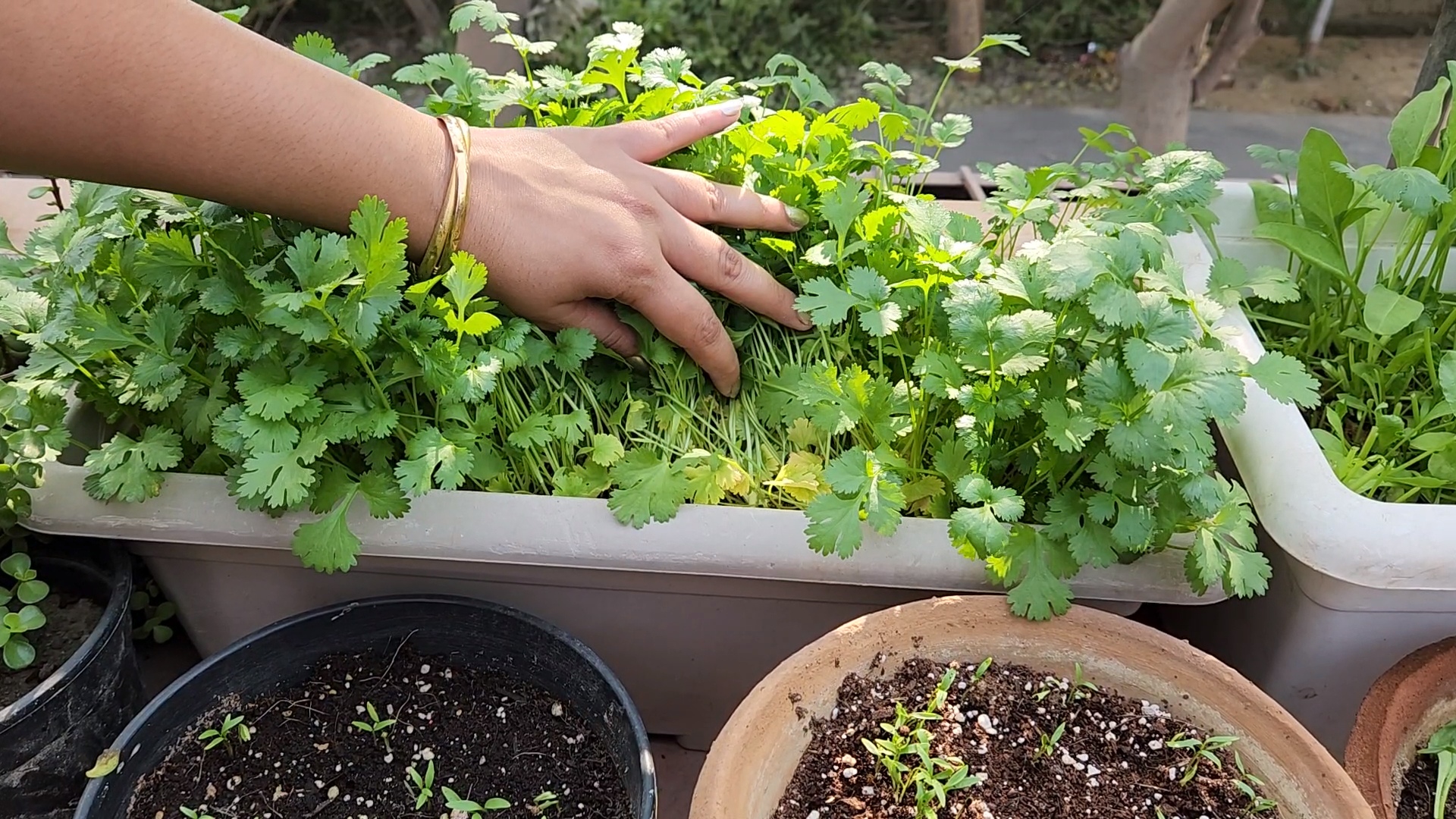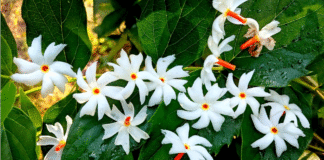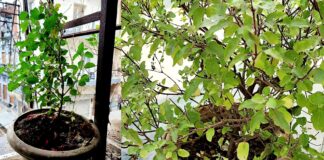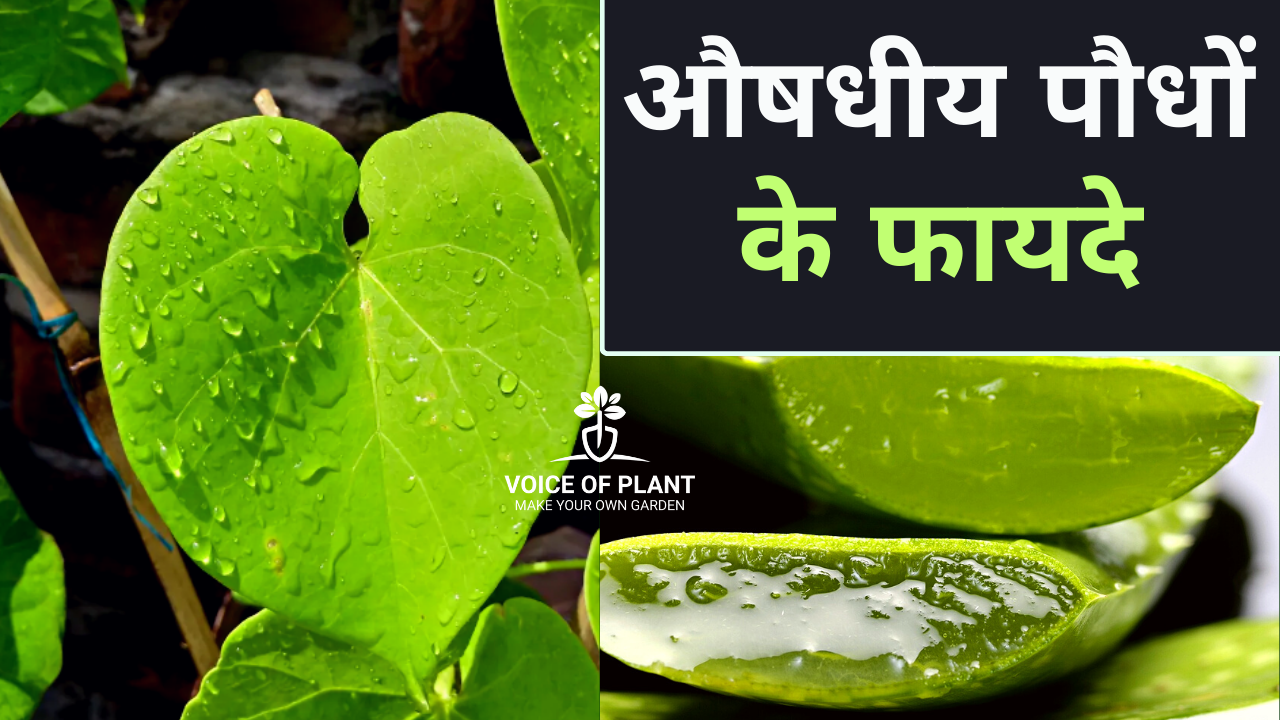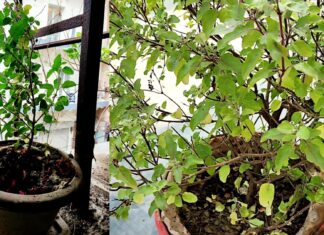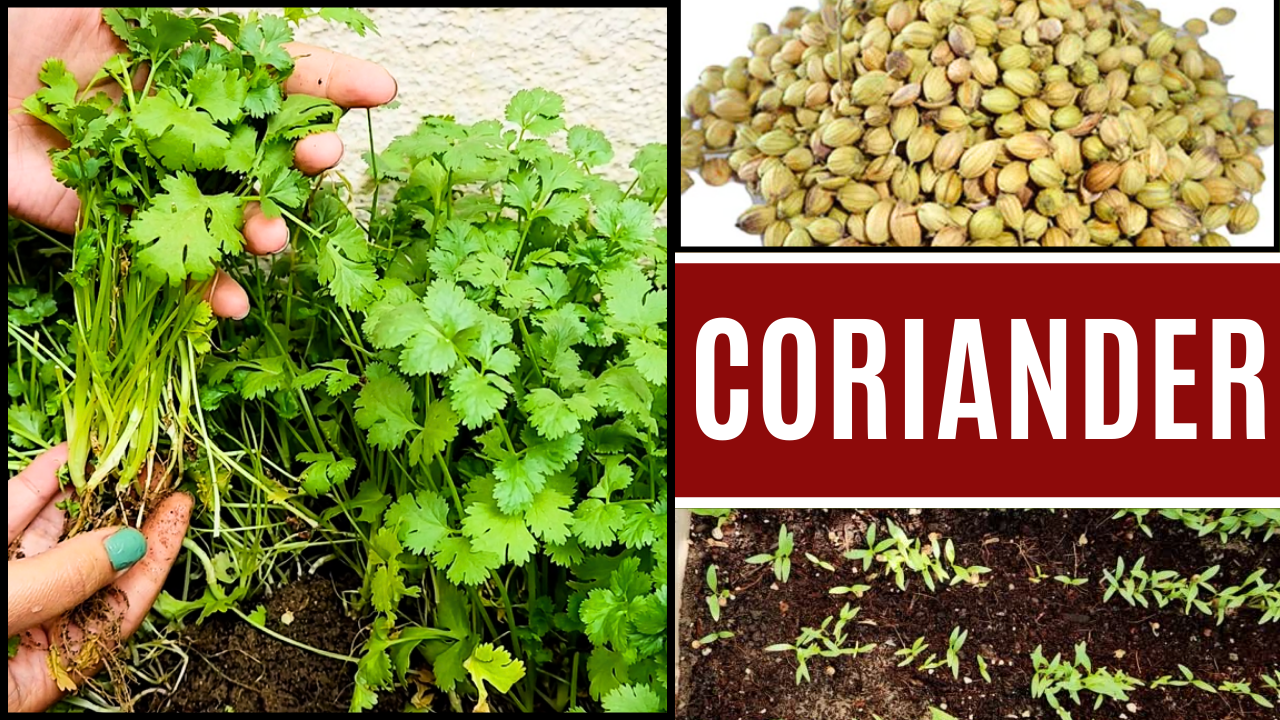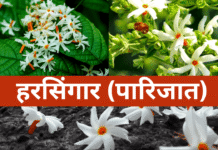10 Plants to Protect from Rain in Monsoon Season: The monsoon season is ideal for plant growth. When it rains after summer, plants recover from stress; new leaves emerge, buds emerge, and they start blooming and bearing fruits.
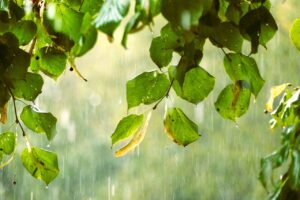
However, not all plants enjoy this monsoon season. Some struggle with excessive rain and need extra care and attention.
| For a complete understanding of how to care for your plants in monsoon season, check out our detailed guide: Gardening in Monsoon Season |
So, here’s a list of 10 plants you must protect from rain during the monsoon season:
Plants to Protect from Rain
1. Hybrid Vinca or Hybrid Sadabahar
The common Sadabahar or Desi Sadabahar (pink or white) is a hardy plant that grows very well in monsoon season. However, Hybrid Vinca reacts differently in monsoon.
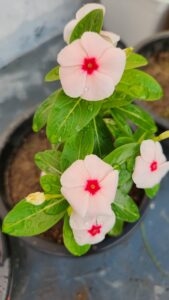
Issue: They are quite sensitive to direct rain water.
What I experienced:
During the monsoon, when rainwater directly falls on Hybrid Vinca, they begin to to deteriorate within a few days. Their roots slowly starts to rot, fungus begins to develop and eventually plant gets spoiled.
- I have faced this issue many times and over time I have learned that Hybrid Vinca should not be left in the open during rain.
Note:
- They can be benefited from rainwater when given in the soil, but water should not fall on their leaves or stems as they are highly prone to fungus infections and rot.
| If you have no idea how much to prune plants during monsoon season then this article on Pruning of Plants during monsoon season will help you. |
2. Adeniums (Desert Rose)
Adeniums are hardy, drought tolerance plants thrive in hot and dry climates. They require less water to survive. However, they struggle during the monsoon season, especially if exposed to excess rain.
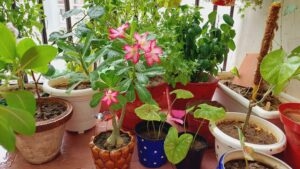
Issue: stem rot caused by overwatering
What I have learned:
You can keep your Adeniums out in the rain once or twice, but after that, keep them inside or in a shady spot.
I once left some old Adeniums outside for three or four days during a rainstorm, thinking they would handle it, but soon after, I saw signs of rot.
- Since then, I have always kept them in a shady spot during the monsoon.
3. Portulaca (Moss Rose)
Portulaca is a typical summer plant that thrives and blooms in full sunlight. They are drought – tolerant and requires minimal watering. However, during rainfall, if kept in an open area, it often suffers due to overwatering, leading to root rot and a complete stop in flowering.
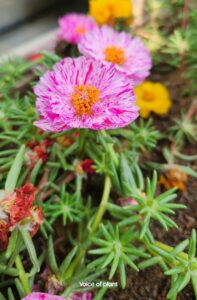
Issue: Stops flowering and root rot and attack of mealybugs.
What I have learned:
Many of my gardening friends and followers have shared that their Portulaca, which was blooming beautifully during summer, suddenly stopped flowering during the rains. This is a common issue. The main reason is rainwater.
- So during the rainy season, make sure to move them out of the rain or keep them in a covered area.
4. Croton
Croton is a sensitive plant that requires low maintenance, but careful attention to watering. They prefer moist soil not soggy soil and grows best in temperatures between 20°C to 35°C. However, during monsoon season, it can face issues— like wilting of leaves and root rot caused by overwatering.
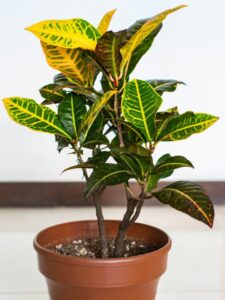
Issue: root rot due to excess water
What I have experienced:
When planted in pots, crotons can only tolerate a drizzle, no more. But if the rain is heavy or prolonged, don’t leave your croton outside.
- If you want to give them rainwater, it’s better to collect it separately and use it for watering in small quantities.
5. Rubber plant
Rubber plants are known for their bold, glossy leaves. They require less water to survive. But, during the monsoon season, they can face problems—especially leaf drop caused by overwatering.
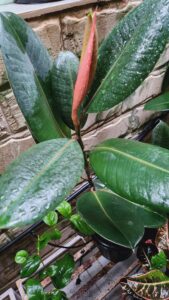
Rubber plant do not like much water to survive. During monsoon season, the face some issues like leaf falling.
Issue: Leaf fall due to excessive watering
What I have learned:
The roots of the rubber plant are small and delicate, which means they don’t need much water. If the plant gets soaked in rain, the excess moisture builds up in the soil and creates stress for the plant.
Note:
- During the monsoon, keep your rubber plant in a shaded area. If possible, shift it indoors where it’s protected from heavy rain and high humidity.
| Overwatering and poor drainage can cause root rot and leaf drop in many plants. Read this our article on How to Avoid Overwatering in Plants |
6. Dieffenbachia (Dumb Cane)
Dieffenbachia or Dumb Cane, is a low-maintenance plant that requires very little water to thrive.
Issue: Leaves turn yellow, sensitive to even light rain exposure.
What I have learned:
I had a very healthy, old Dieffenbachia plant growing in a clay pot. Once in the monsoon, I left it outside in the rain for a few days, and soon I noticed it was deteriorating. Another time, a few drops of rainwater fell on its leaves, and within a day, two of its leaves turned yellow.
This plant does not tolerate rainwater. It is best to keep Dieffenbachia indoors or completely covered during the monsoon.
7. Coleus
Coleus is a beautiful plant known for its colorful and delicate leaves. It performs well in the summer but struggles during the monsoon.
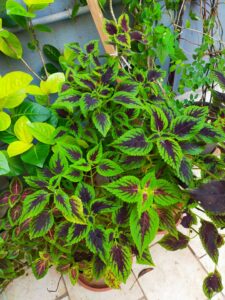
Issue: Leaves and stems start melting, root rot and fungal infection.
What I have experienced:
In the beginning, coleus can tolerate a little rain, and may even seem fine. But gradually, its leaves start to rot, stems start to wilt, and fungus develops. Excessive humidity weakens the plant quickly.
Now, I always keep my coleus plants in shaded area during the rainy season.
- You can use collected rainwater to water the soil, but never leave the coleus in direct rain, especially on an open terrace or balcony.
8. Marigold
Marigold is typically a winter-season plant, but with some care, it can survive through the summer. However, monsoon rains can seriously harm it.

Issue: plant begins to rot, fungal infections due to excess water
What I have learned:
Excess rain can cause even healthy marigold plants to rot. Their leaves and stems start rotting, and soon they fall prey to fungal infections.
To protect them, keep marigold plants covered or shift them in a shady spot, during the rainy season. Avoid letting them get wet in rainwater as much as possible.
9. Caladium
Caladium is an ornamental plant known for its bright, heart-shaped leaves and bulb-like roots, similar to small potatoes. Caladiums thrive in summer and require minimal watering. However, during the monsoon season, they may face some problems like root rot.
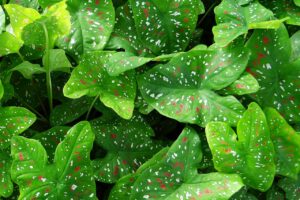
Issue: Bulbs rot in excess water, leaves fall
What I have learned:
Caladiums are more susceptible to overwatering. If exposed to heavy rain for long periods of time, the bulbs can rot and fungal problems can develop. They can also start to lose their leaves.
If potted in pots, you should keep them in the shade or under green net during rainy weather to prevent damage.
10. Ixora
Ixora is a small beautiful flowering plant, thrives best in summer season.but struggles in high humidity and monsoon conditions.
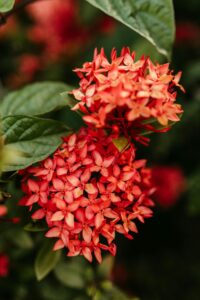
Issues: fungal infections and root rot
What I have experienced:
Ixora can be protected even in extreme heat. Ixora does not respond well to continuous rain or excess moisture.
I don’t even water it with rainwater anymore. If it is exposed to monsoon, there is a 90% chance of it rotting—especially if it is a new Ixora.
Now, I make sure to keep all Ixora plants in a shady place during the rainy season.
———————————-
So, make sure to protect these 10 plants from rainwater during the monsoon.
This small step can help them grow better and stay healthy. You might be able to save a few of them even if they get a little wet, but there’s a high chance—almost 90%—that they will get damaged if exposed to too much rain.
Happy Gardening!
| Want to know how to care your rest of the plants during this rainy season? Don’t miss our expert-backed guide: Monsoon Gardening: 16 Tips for Healthy Plants |
Follow our Social media channel:
1. Voice of Plant – YouTube Channel
